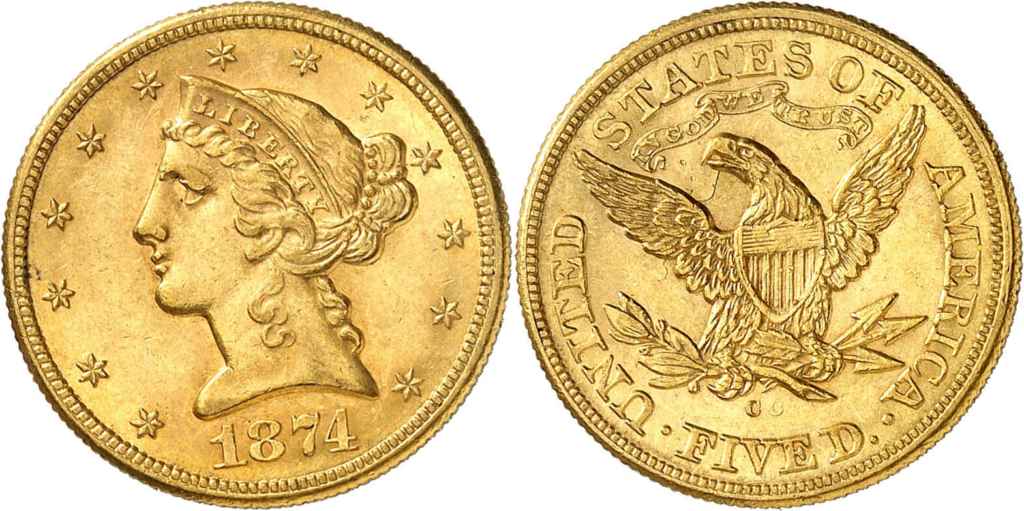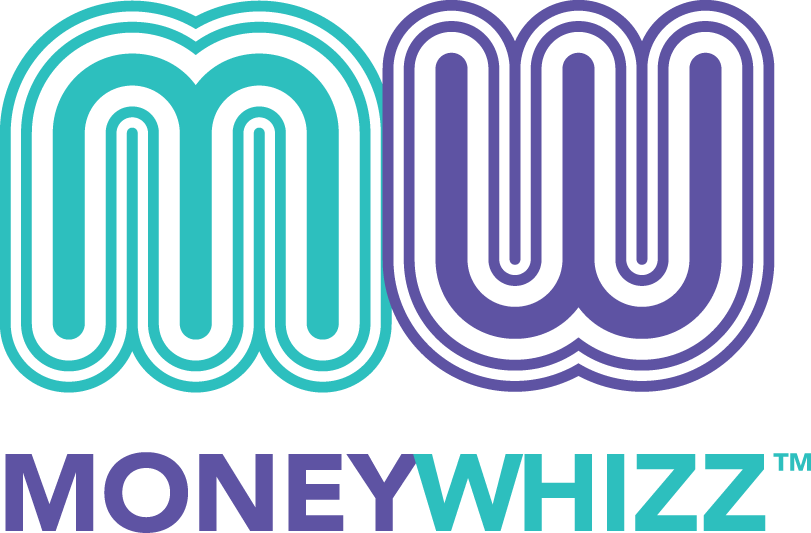German valleys and dollar bills – The word dollar originated from the German term, thaler, a shortened version of the word Joachimthalers. The word thaler comes from the German root “thal” which means valley and “thaler” indicates a person or thing from the valley. The thaler were large silver coins issued by states in the Holy Roman Empire and widely used across Europe.

First Euro – the Florin, a coin minted in Florence, Italy was widely used for trade across Europe during 13th to 16th Century.

An Irish connection to budgets – Recorded since 1432 in Middle English as bougette, bouget, bowgette (“leather pouch”), borrowed from old French bougette (“leather bag or wallet”), this compares closely to the old Irish bolg (“bag”).

Gold standard – Around 700 B.C., gold was made into coins for the first time, enhancing its usability as a monetary unit. Before this, gold had to be weighed and checked for purity when settling trades. The gold standard is not currently used by any government. Britain stopped using the gold standard in 1931, and the U.S. followed suit in 1933, finally abandoning the remnants of the system in 1973.

Not the full shilling – many modern coins have edging. This practice developed from a time when currency was real gold or silver. Sometimes, coins would be ‘shaved’ where some of the precious metal was removed and reused. Its where the phrase “not the full shilling” comes from, when coins weighed less than the prescribed amount of gold or silver they were supposed to be. In response, Governments began to edge coins to stop shaving (and even counterfeiting). The practice lives on today. If you check the sides of modern Euro coins, the high-denomination ones have intricate edging.

Frank Conway is Founder of MoneyWhizz and the financial literacy initiative in schools and employers

Comments are closed.